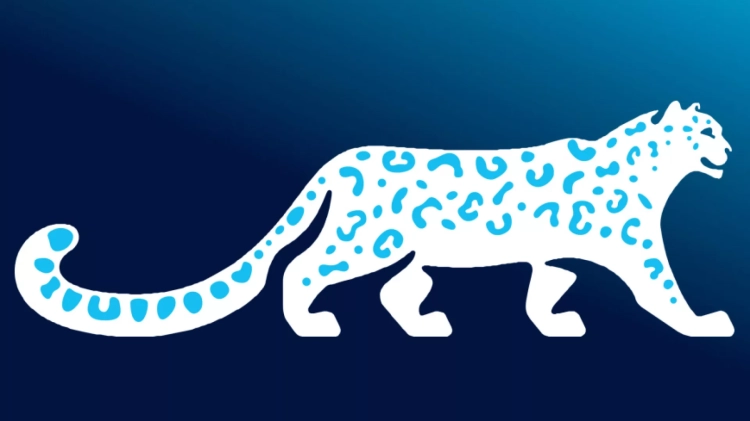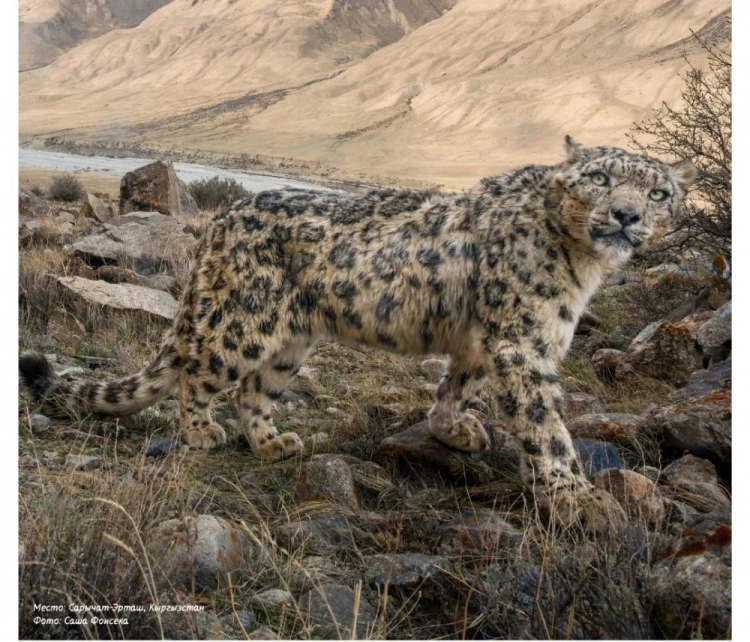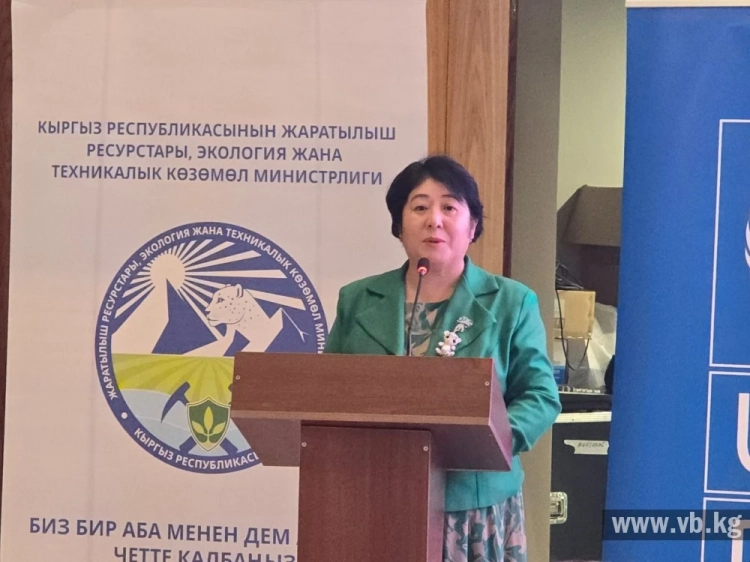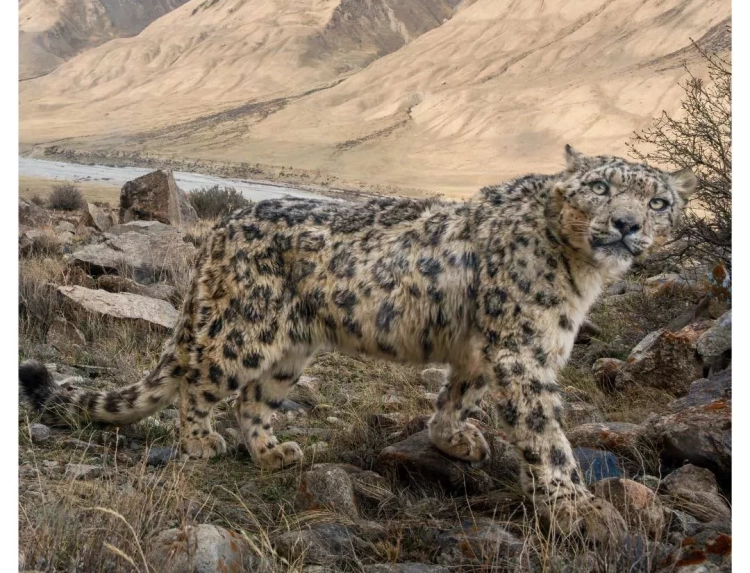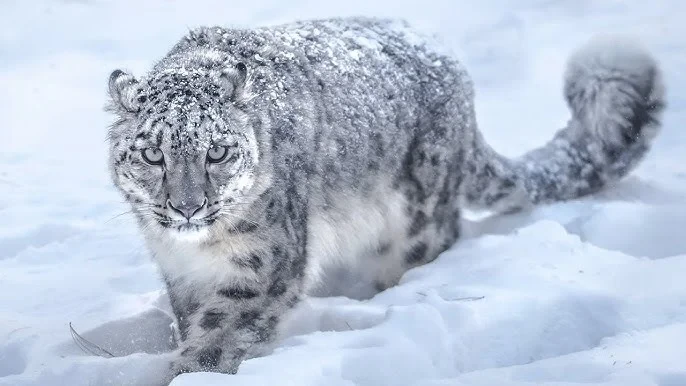Teploklyuchensky Reserve, territory for the snow leopard.
Teploklyuchensky Reserve was established back in 1958. Both then and now, its area is impressive – 29,000 hectares in the basin of the Arashan River. This reserve is home to the habitat of a rare animal listed in the Red Book, the snow leopard. In fact, it was created specifically to protect this endangered animal. Under such conditions, other animals have also begun to thrive – the snow-capped bear, the Turkestan lynx, the baloban, the beard, the golden eagle, and the kumai. The Teploklyuchensky Reserve has also started breeding valuable animals specifically for hunting.
The vegetation of the Teploklyuchensky area is primarily represented by a belt of spruce forests located on various slopes of the gorges and ridges of the Terskey Alatau. Only the southern slopes are treeless, covered by a rather lush carpet of herbaceous vegetation. Coniferous forests with a mixture of fir, rowan, some willows, and creeping juniper are found at an altitude of approximately 2100–3200 m. The lower tier of the spruce forest is characterized by significant development of shrub undergrowth.
The herbaceous cover is very diverse in species composition. The edges and clearings of the lower tier forests are covered in early summer with a mass of various flowers (forget-me-nots, primroses, anemones, buttercups, cinquefoils, etc.), and geranium and buckwheat are also quite numerous. All of them remain until the autumn frosts, creating an exceptionally beautiful backdrop. In places on the gently sloping plateaus, almost pure reamur or sorrel meadows develop.
The forests of the upper tier are less colorful and diverse. Their edges and clearings are adorned only with rowan and juniper and covered with a dense carpet of lady's mantle, hydrophilic grasses, and sedges; between groups of spruces on sunny slopes, dry mountain-steppe groupings with feather grass, astragalus, and edelweiss are found.
In some places, pure kobrezia meadows develop.
On shady slopes, at the level of the middle forest zone on unoccupied spruce slopes, burns, and clearings, high grasses from umbrella plants, common hedgehogs, some types of fireweed, and aconites sometimes appear.

A multitude of tits, Tian Shan princes, and forest grasshoppers fill the forest with their ringing cries. In the thickets, grouse are not uncommon, flocks of blue pigeons feed in the meadows, and along the streams, the water ouzels fly just above the water. In the middle of the forest zone, one can often hear the melodic and ringing calls of alpine choughs, see soaring golden eagles and vultures, and observe the swift flight of the Eurasian hobby.
The soil in the forest and the grassy slopes is sometimes dug up by wild boars, which are found in the dense and humid ravines overgrown with thick shrubs. In the spruce forests, one can encounter the rare marals, which are uncommon in Kyrgyzstan. Areas of spruce forests and shrubs, interspersed with clearings and glades, are favorite habitats for roe deer, which are quite numerous in the protected areas. Both roe deer and marals often fall prey to lynxes, which lie in wait for them at watering holes, trails, and crossings. At the edges of the spruce forests, one can flush a brood of Tian Shan grouse. Their deep murmurs are often heard in the spring at dawn; they usually display here alone.
In the crowns of the tall spruces, one can often see a squirrel enjoying spruce cones. In 1951, more than 200 teleuts were released in the area of Jilandy, which is part of the Teploklyuchensky area. They quickly settled in the spruce forests of the Jetty-Oguz area. In both mountain areas, there were about 3,500 squirrels recorded in 1965.
In the meadows of the subalpine zone, gray Tian Shan marmots inhabit. The most cautious animals stand on their hind legs by the burrow while the others calmly feed on juicy grasses, running from place to place, from burrow to burrow. The burrows of the marmots are often dug up by bears. Sometimes badgers settle near the marmots. Stone martens are not uncommon in the rocks.
The most numerous species of wild ungulates in the mountain areas is the ibex. Their herds of hundreds can be found on the steepest rocky areas, where humans cannot pass. With the onset of heavy snowfall, the ibex descend closer to the forest belt, where it is easier to find food.
Following the ibex are the snow leopards – inhabitants of the mountain peaks. The population of these animals in Kyrgyzstan is very small. Hunting them is prohibited.
In the rocks, chukars and rock partridges are numerous. These birds are as inseparable from the mountain landscape as the ibex.

















